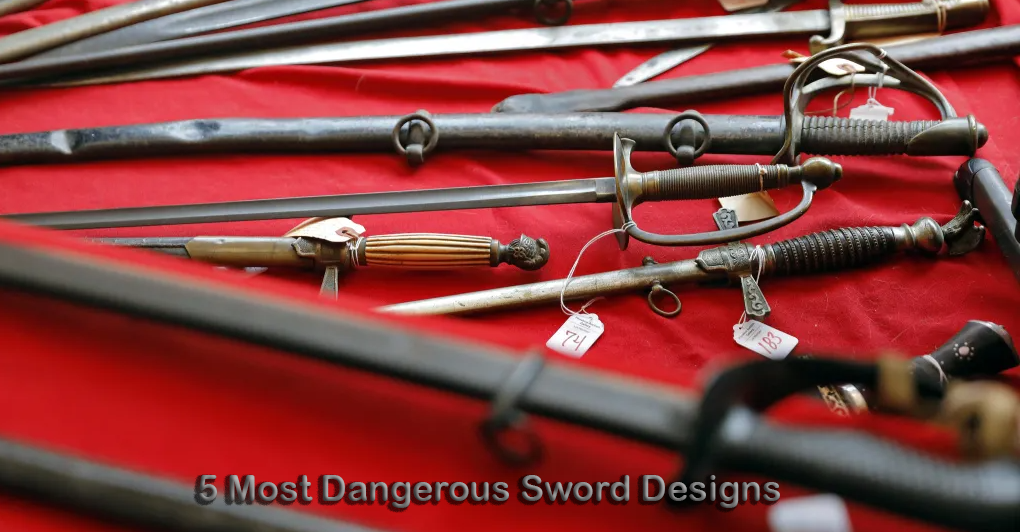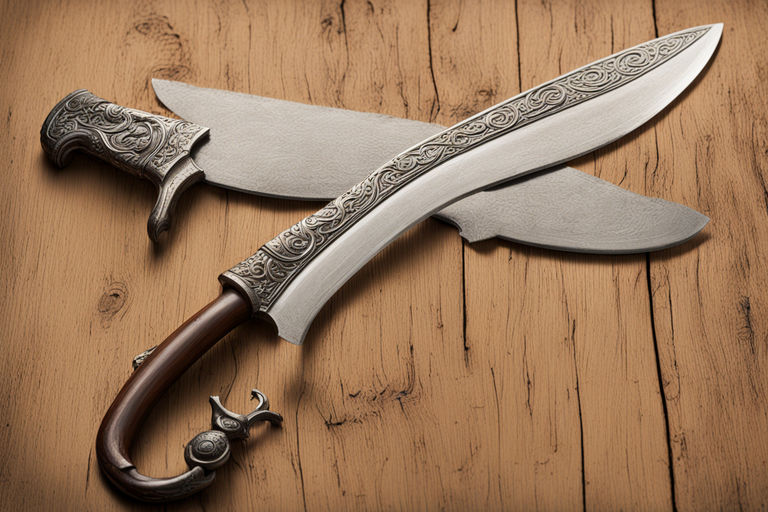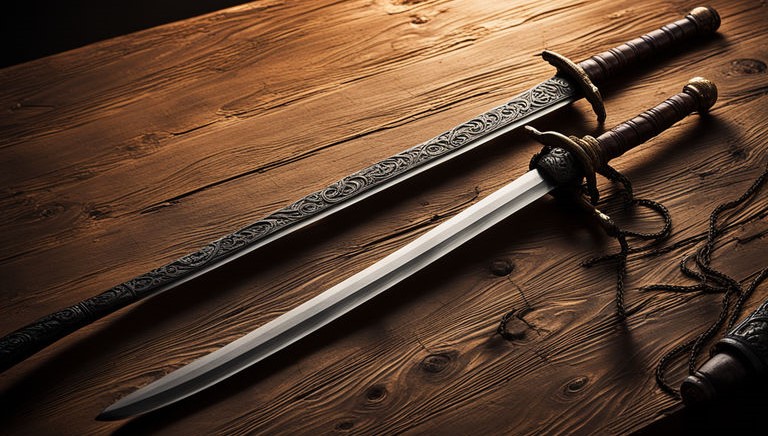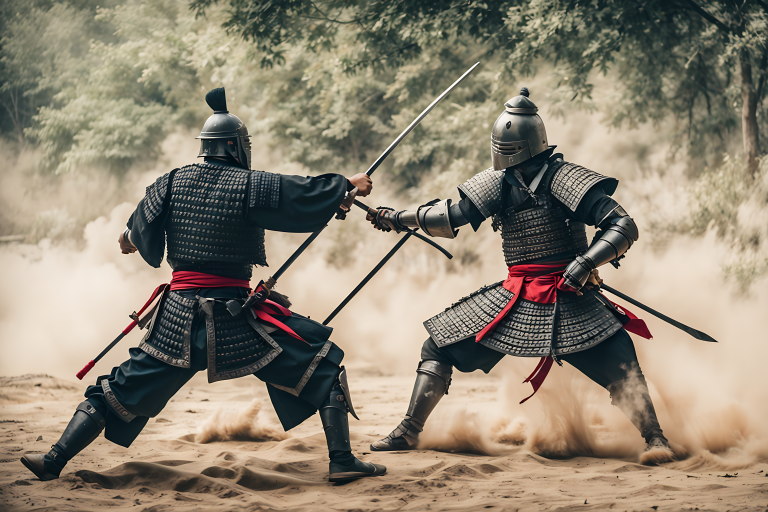People always have been interested in whether slashing is better or thrusting. Blades throughout history weren’t designed for a single glorious swing or a lightning-fast pierce. They were crafted for tödlich, the German word for “deadly” in any situation. From deflecting blows to overpowering an opponent’s defenses, a well-designed sword offered versatility that could win the fight, regardless of how it unfolded.
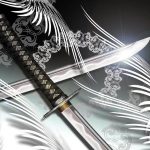
The katana has one of the best design. Its signature curve and single-edged blade are paired with a two-handed hilt for power and control. Forging is a closely guarded secret, but involves layering steel for a sharp edge and resilient core. The iconic curvature is achieved not during forging, but through a precise heating and quenching technique.
The katana is a fusion of art and lethality, a testament to Japanese metalworking expertise. Its historical significance and intricate craftsmanship solidify its place as a masterpiece of metal.
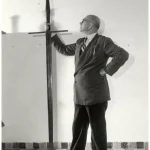
Parrying hooks offered multiple grips and blunt edges for pummeling. Sizes ranged from a hefty 4.7 feet to a whopping 7 feet, It was one of the largest sword wielded by the legendary pirate Pier Gerlofs Donia.
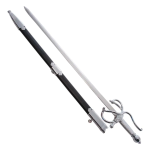
While not lightweight, the rapier’s secret lies in its balance. A long, slender blade paired with a close-to-the-hilt center of gravity creates a deceptively light feel, perfect for intricate footwork and rapid thrusts. The rapier wasn’t just a weapon, it was a dance of steel.
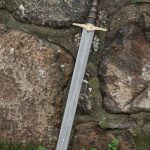
This sword stayed popular for 5 centuries. Its enduring popularity stemmed from its perfect balance for both cutting and thrusting. A knight’s emblem and a soldier’s constant companion, the arming sword embodied the ideals of chivalry and remains a symbol of strength even today.
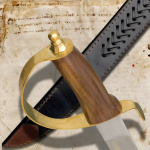
The British Pattern 1908 sword represented this last stand, designed purely for thrusting with its 34-inch steel blade, sparking debates over its effectiveness. Some saw it as the ultimate cavalry weapon, while others doubted its ability to retract easily from a pierced opponent due to its straight blade. This sword marked the end of an era for military service swords. Although swords may now seem outdated in modern warfare, they persist as a symbol of human creativity and a reminder of times gone by.
Swords, ranging from the Scottish claymore to the Roman gladius, were meticulously crafted for one purpose: to excel in the heat of battle. As warfare evolved, these blades adapted accordingly, each serving as a lethal partner in the hands of skilled warriors.
Attempting to determine the ultimate weapon is a futile task. Each era and every conflict demanded a unique advantage. However, despite the end of the sword’s prominence, its essence perseveres. Today, swords are showcased on fencing strips, inspire heroes on the silver screen, and evoke nostalgia in the hands of history enthusiasts. The enduring legacy of the sword stands as a testament to human innovation, forever commemorated in the chronicles of warfare.
